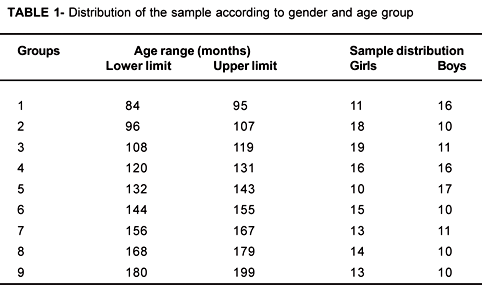OBJECTIVE: The aim of this study was to determine the differences between the skeletal ages estimated by TW2 and TW3 methods through their RUS and Carpal systems. MATERIAL AND METHODS: A sample of two hundred and forty hand and wrist radiographs of male and female Brazilian children aged 84-199 months was evaluated by five observers. The Dunnet test was performed for statistical analysis. RESULTS: Results showed higher skeletal ages estimated by TW2RUS than TW3RUS and Carpal for both genders. For girls a statistically significant difference (p<0.05) was observed between TW2RUS and TW3RUS over the entire age range. For boys this difference was observed from 108 months onwards. In general RUS skeletal ages were higher than the chronological age and Carpal skeletal ages for both genders. The overestimation of chronological age was smaller for TW3RUS than for TW2RUS, and this last system showed a statistically significant difference regarding chronological age over the entire age range for girls, whereas for boys this difference was seen from 132 months onwards. For girls TW3 RUS and Carpal showed a significant difference regarding chronological age in the oldest age groups; in boys TW3RUS did not show a significant difference regarding chronological age. For Carpal, these results were more variable. CONCLUSION: It seems reasonable to recommend the use of the TW3 system for the studied Brazilian population.
Skeletal maturity; Skeletal age; Hand and wrist radiograph






